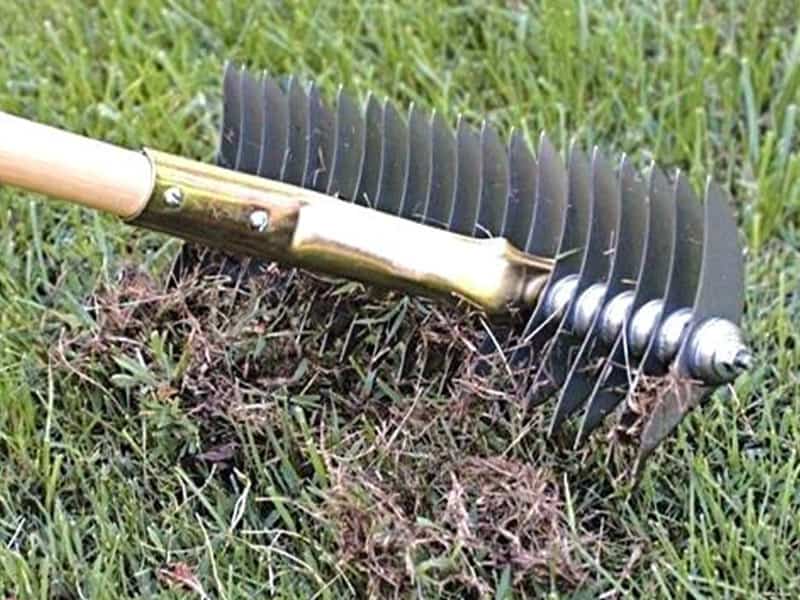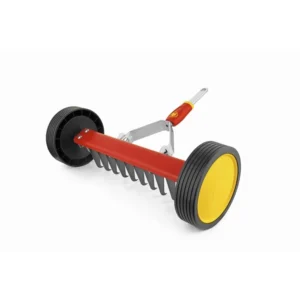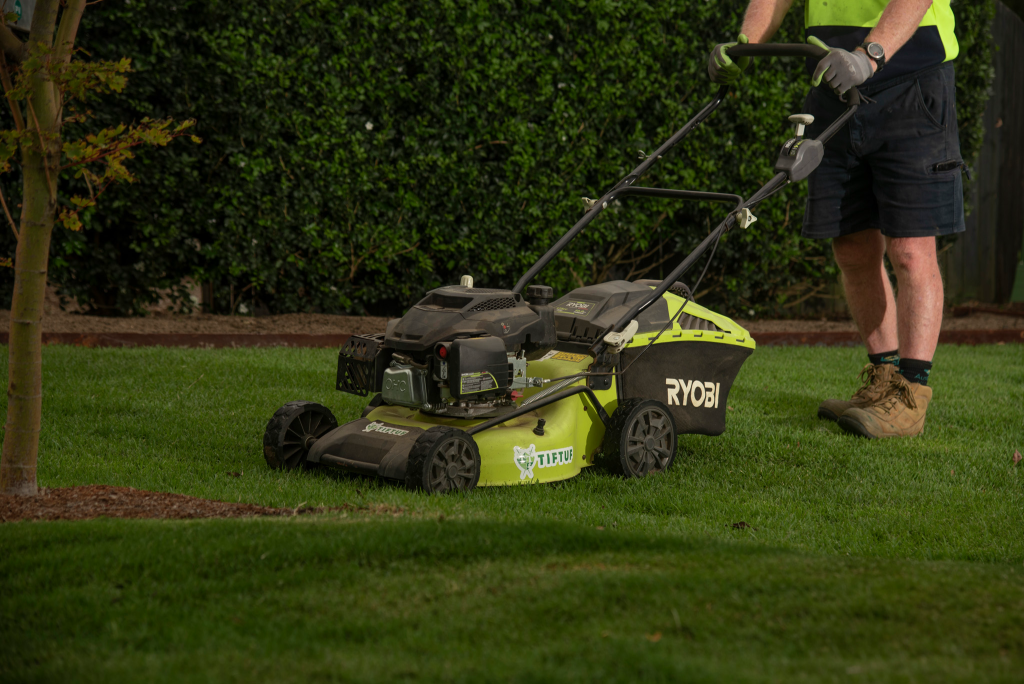How to Dethatch Your Lawn
What is thatch?
You may have noticed that your lawn has accumulated dead organic matter, excessive roots, and stems that have developed within the grass profile. Your grass naturally goes through this process when it produces more organic matter than what can be broken down. Some turf types develop thatch more than others, and with time, your lawn’s height may rise and become rather ugly.
Dethatching your lawn will assist in removing this layer, allowing air and nutrients to reach the base of your soil and effectively nourish your lawn. Water logging in your roots can be avoided by reducing the thatch. Dethatching will enable appropriate drainage, reducing the possibility of fungal issues.
What do I do?
If your lawn feels ‘spongy’ to walk on, then it may be time to take action. Here are a few different ways to remove thatch from your lawn…
Mowing low to DEthatch your lawn
Gradually lowering the height of your lawn with a few low mows will reduce the layer of thatch in your lawn. The end of spring is an excellent time to do this because the lawn will have time to recover with its quick growth rate. Avoid doing this in the winter since you will be causing significant damage to your lawn. Your lawn won’t be able to keep up with recovery and appropriately heel in winter.

DeThatching a Buffalo lawn
If you have a Buffalo lawn you usually need to dethatch yearly. You can either use a dethatching machine or a lawn mower to bring it back to soil level, just be careful not to go too far down as you may lose your lawn. As Buffalo lawns only grow through above-ground runners, this turf variety will not have the rhizomes (underground runners) to assist it through recovery. There should still be runners along the ground after dethatching a Buffalo lawn. After removing all the thatch, use a slow-release fertiliser to encourage it to thicken up again.
Using a dethatching rake to dethatch your lawn
Dethatching using a dethatching rake is one of the easiest and least invasive ways to remove some of this built-up thatch. As you are raking the tines dig in and pull the thatch and dead matter out from within the grass. If you have a substantial thatch build up however you may need to look at a more disruptive method.

Specialised dethatching machine (vertical cutter, verticutter, or power rake) to dethatch your lawn
You can also hire or purchase specialised dethatching machines that make light work of removing the thatch layer. If you find your thatch layer to be especially thick or you have a large area, specialised machinery can be a good option.
Be sure to get the recommended cutting heights for your lawn type and follow the instructions the hire company provides.
You can also look at using a scarifying rake, like the Wolf Garten Scarifying Roller Rake, to help lift up your lawn thatch.

After dethatching your lawn, it will be looking in pretty poor shape. Make sure you rake up all the loosened debris and give your lawn a fertilise to help it to recover.
Dethatching should only be done a couple of times a year at the most. It works only for warm-season grasses (Buffalo, Kikuyu, Couch and Zoysia). It should be avoided for cool-season types. Dethatching Fescue and those similar may result in the end of your lawn.
Attempting to dethatch your lawn too late into the growing season won’t allow your lawn time to recover over winter. If you’re unsure, please seek some advice from the Turfco Team!



